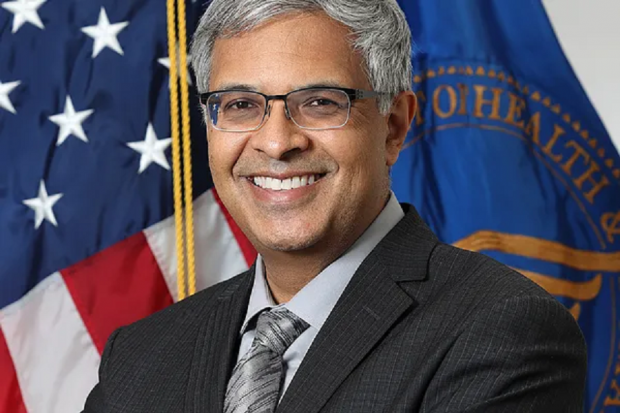
Breaking News
 SpaceX Starship About Nine Days From Next Launch
SpaceX Starship About Nine Days From Next Launch
 Air-powered robot uses physics instead of circuits to run on tube-legs
Air-powered robot uses physics instead of circuits to run on tube-legs
 Musk Promised Budget Cuts, But Stole All Our Data And Delivered A Panopticon Instead
Musk Promised Budget Cuts, But Stole All Our Data And Delivered A Panopticon Instead
Top Tech News
 Cab-less truck glider leaps autonomously between road and rail
Cab-less truck glider leaps autonomously between road and rail
 Can Tesla DOJO Chips Pass Nvidia GPUs?
Can Tesla DOJO Chips Pass Nvidia GPUs?
 Iron-fortified lumber could be a greener alternative to steel beams
Iron-fortified lumber could be a greener alternative to steel beams
 One man, 856 venom hits, and the path to a universal snakebite cure
One man, 856 venom hits, and the path to a universal snakebite cure
 Dr. McCullough reveals cancer-fighting drug Big Pharma hopes you never hear about…
Dr. McCullough reveals cancer-fighting drug Big Pharma hopes you never hear about…
 EXCLUSIVE: Raytheon Whistleblower Who Exposed The Neutrino Earthquake Weapon In Antarctica...
EXCLUSIVE: Raytheon Whistleblower Who Exposed The Neutrino Earthquake Weapon In Antarctica...
 Doctors Say Injecting Gold Into Eyeballs Could Restore Lost Vision
Doctors Say Injecting Gold Into Eyeballs Could Restore Lost Vision
 Dark Matter: An 86-lb, 800-hp EV motor by Koenigsegg
Dark Matter: An 86-lb, 800-hp EV motor by Koenigsegg
 Spacetop puts a massive multi-window workspace in front of your eyes
Spacetop puts a massive multi-window workspace in front of your eyes
The Vindication of Dr. Bhattacharya

By John Klar, Contributing Writer, The Kennedy Beacon
Before he was confirmed as Director of the National Institutes of Health (NIH), Dr. Jay Bhattacharya was a well-respected professor of medicine and health policy at Stanford University, from which he took an M.D. in medicine and a Ph.D. in economics, econometrics, and health economics.
Then came the COVID-19 pandemic and, unlike the majority of academics across the United States, Dr. Bhattacharya did not quickly fall in line with the normative narrative. Just days after the government ordered Americans to shelter-in-place, he co-authored an opinion piece in The Wall Street Journal that questioned the rationale for lockdowns. Later, he was one of three authors of the Great Barrington Declaration, which codified resistance to government mandates.

 It's Not "If;" It's "When"
It's Not "If;" It's "When" Node without Consent
Node without Consent

